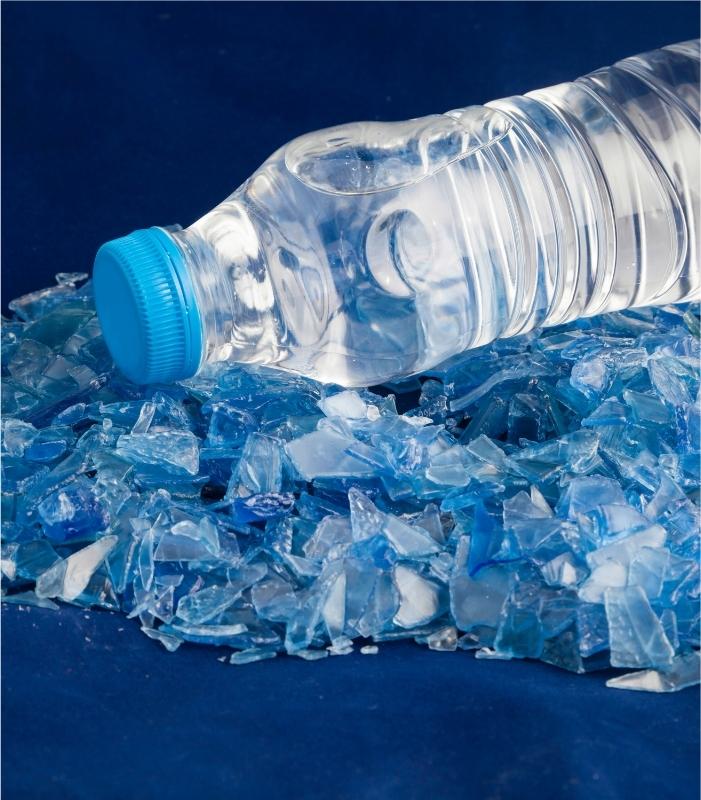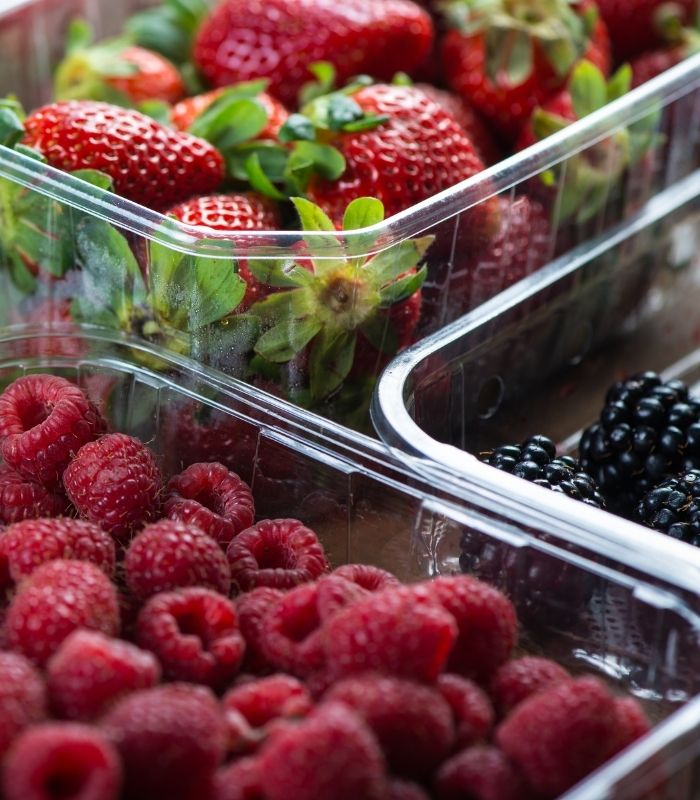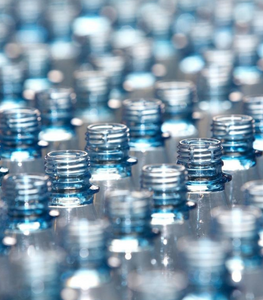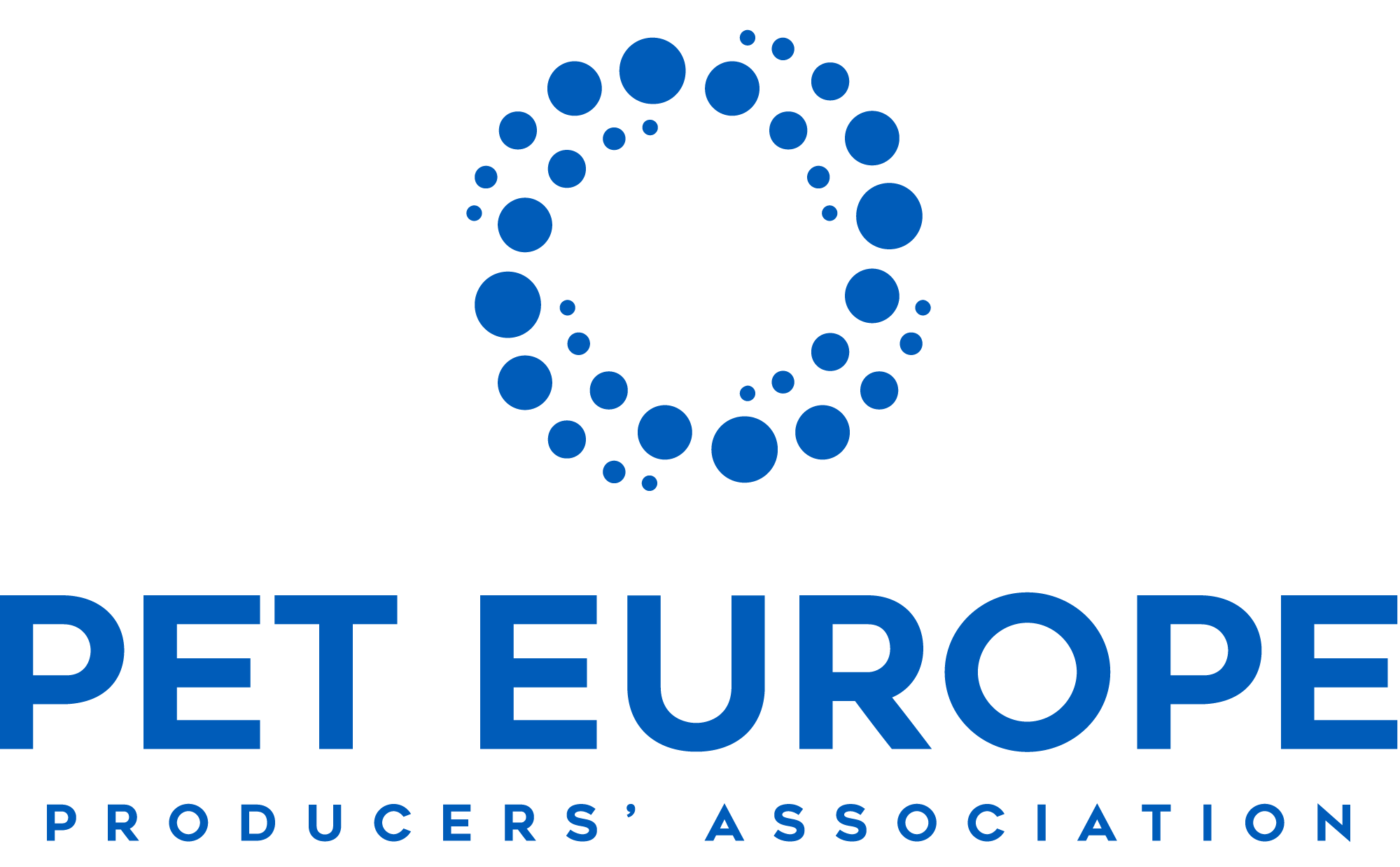Welcome to PET EUROPE
PET EUROPE is a non-profit trade association that represents the European PET resin producers. PET EUROPE represents an industry with a capacity of 3.5 million tonnes of Virgin PET (vPET) per year. European Terephthalic Acid (PTA) producers are associate members. PET EUROPE supports sustainable growth of PET manufacturing in Europe.
What is PET?
 PET is the most commonly used acronym for the polymer poly ethyleneterephthalate.
PET is the most commonly used acronym for the polymer poly ethyleneterephthalate.
PET is used to manufacture plastic bottles, trays and containers for packaging foods, beverages, personal care products, and many other consumer products.
What is PET?
PET is the most commonly used acronym for the polymer poly ethyleneterephthalate.
PET is used to manufacture plastic bottles, trays and containers for packaging foods, beverages, personal care products, and many other consumer products.

What is PET?
PET is the most commonly used acronym for the polymer poly ethyleneterephthalate.
PET is used to manufacture plastic bottles, trays and containers for packaging foods, beverages, personal care products, and many other consumer products.

The Impact of PET

PET is an energy-efficient packaging material with a lower environmental impact than glass, aluminium, and other container materials. PET is light-weight and allows product to be delivered more sustainably.

The Impact of PET
PET is an energy-efficient packaging material with a lower environmental impact than glass, aluminium, and other container materials. PET is light-weight and allows product to be delivered more sustainably.
The Impact of PET
PET is an energy-efficient packaging material with a lower environmental impact than glass, aluminium, and other container materials. PET is light-weight and allows product to be delivered more sustainably.

Why PET?
 PET is resistant to attack by micro-organisms, does not react with food or beverages, and will not biologically degrade. It has been approved as being safe for contact with food and beverages by the European Food Safety Authority, the FDA and virtually every other health safety agency in the world. In addition, PET is extremely lightweight, easy to transport and does not shatter.
PET is resistant to attack by micro-organisms, does not react with food or beverages, and will not biologically degrade. It has been approved as being safe for contact with food and beverages by the European Food Safety Authority, the FDA and virtually every other health safety agency in the world. In addition, PET is extremely lightweight, easy to transport and does not shatter.
Why PET?
PET is resistant to attack by micro-organisms, does not react with food or beverages, and will not biologically degrade. It has been approved as being safe for contact with food and beverages by the European Food Safety Authority, the FDA and virtually every other health safety agency in the world. In addition, PET is extremely lightweight, easy to transport and does not shatter.

Why PET?
PET is resistant to attack by micro-organisms, does not react with food or beverages, and will not biologically degrade. It has been approved as being safe for contact with food and beverages by the European Food Safety Authority, the FDA and virtually every other health safety agency in the world. In addition, PET is extremely lightweight, easy to transport and does not shatter.

The Future of PET
 PET is a versatile material and is used to manufacture PET bottles, containers, carpet, clothing, industrial strapping, rope, upholstery fabrics, boat sails, automotive parts, fibrefill for winter jackets, sleeping bags, construction materials, and many other items.
PET is a versatile material and is used to manufacture PET bottles, containers, carpet, clothing, industrial strapping, rope, upholstery fabrics, boat sails, automotive parts, fibrefill for winter jackets, sleeping bags, construction materials, and many other items.
PET can be recycled an infinite number of times. rPET is the abbreviation widely used for recycled PET packaging. It is a food-safe raw material made from recovered PET packaging that has been carefully prepared for recycling.

The Future of PET
PET is a versatile material and is used to manufacture PET bottles, containers, carpet, clothing, industrial strapping, rope, upholstery fabrics, boat sails, automotive parts, fibrefill for winter jackets, sleeping bags, construction materials, and many other items.
PET can be recycled an infinite number of times. rPET is the abbreviation widely used for recycled PET packaging. It is a food-safe raw material made from recovered PET packaging that has been carefully prepared for recycling.
The Future of PET
PET is a versatile material and is used to manufacture PET bottles, containers, carpet, clothing, industrial strapping, rope, upholstery fabrics, boat sails, automotive parts, fibrefill for winter jackets, sleeping bags, construction materials, and many other items.
PET can be recycled an infinite number of times. rPET is the abbreviation widely used for recycled PET packaging. It is a food-safe raw material made from recovered PET packaging that has been carefully prepared for recycling.

Three main comments on PET


